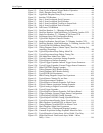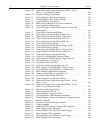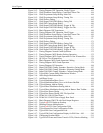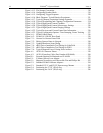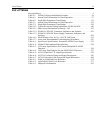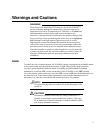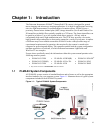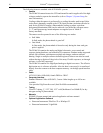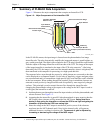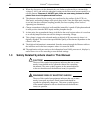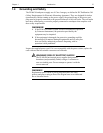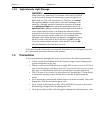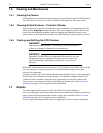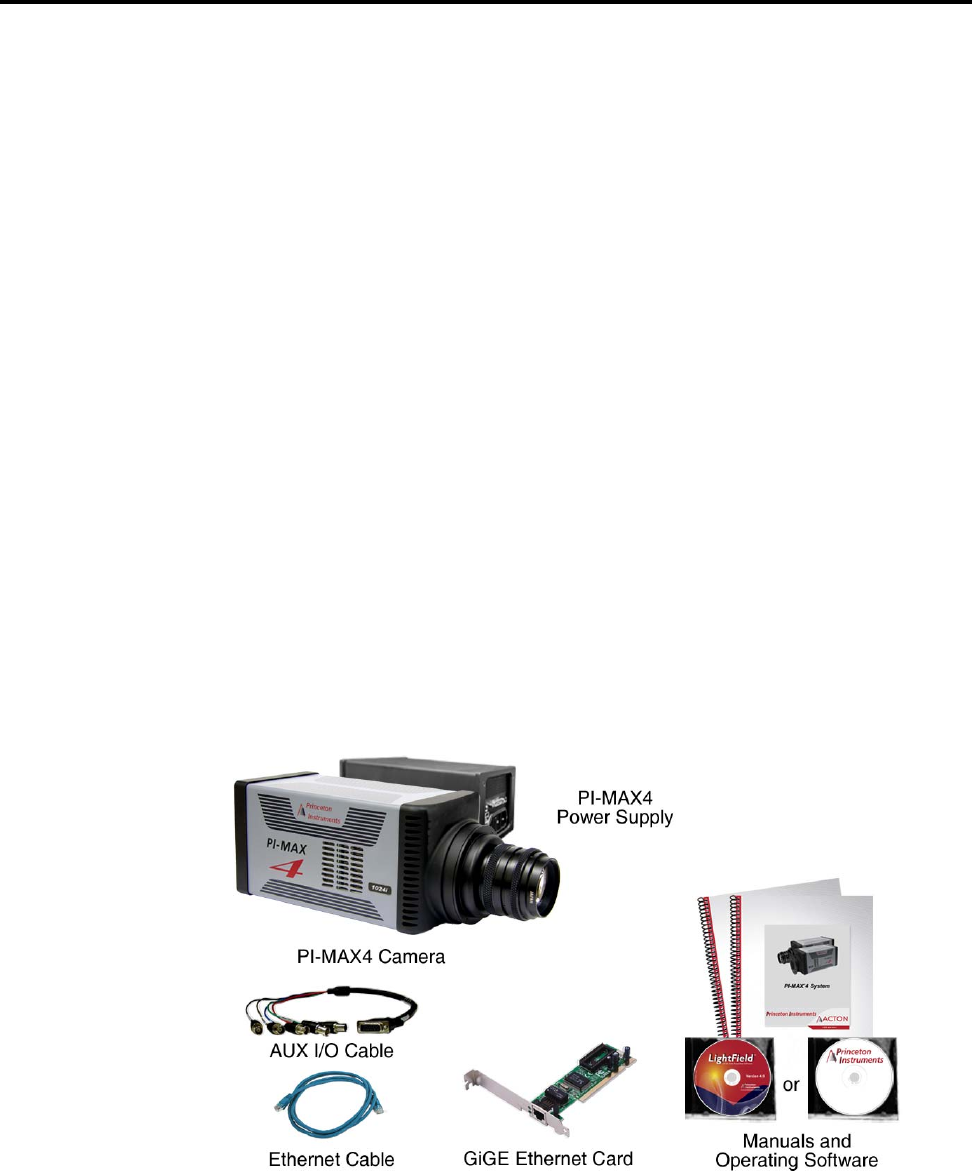
19
Chapter 1: Introduction
The Princeton Instruments PI-MAX
®
4 Intensified CCD camera is designed for general
macro-imaging and microscopy imaging applications. It is ideal for applications involving
ultra low light measurements, or measurements of transient effects. PI-MAX4 uses a
proximity-focused micro-channel plate (MCP) image intensifier (Gen II and Filmless Gen
III intensifiers available) fiber-optically coupled to a CCD array. The fastest intensifiers can
be gated in as little as 3 ns or less (option board allows gating to <500 ns) with an
exceptionally high on/off light-transmission ratio. The CCD array provides a low noise,
high dynamic range readout device that can be scanned at a variety of pixel rates. A number
of different arrays are available to match the PI-MAX4 to the widest possible range of
experimental requirements. In operation, data acquired by the camera is routed to the
computer for processing and display. The computer controls both the system configuration
and data acquisition via software, of which Princeton Instruments LightField
®
and
WinView/32 are examples.
Except where specifically noted, the information within this system manual pertains to the
following camera systems:
1.1 PI-MAX4 System Components
All PI-MAX4 systems consist of standard hardware and software as well as the appropriate
interface hardware for your computer system. Figure 1-1 illustrates the set of typical system
components included with all PI-MAX4 systems.
Figure 1-1: Typical PI-MAX4 System Components
•
PI-MAX4: 512EM • PI-MAX4: 1024EM(B) • PI-MAX4: 1024i-RF
a
a. May also be referred to as PI-MAX4-RF within this manual.
• PI-MAX4: 512EM(B) • PI-MAX4: 1024 x 256 • PI-MAX4: 1024f
• PI-MAX4: 512EM • PI-MAX4: 1024i • PI-MAX4: 2048F
4411-0137_0001



